Bibs are a mealtime essential for many kids. They protect clothes from spills and splatters, keeping mealtime changes to a minimum. But with so many varieties available, choosing the right bib can feel overwhelming. What is bib for kids? This article will explore the different types of bibs for kids, their pros and cons, and how to choose the best one for your child.
We will also cover:
- Benefits of using bibs with kids
- Different materials used in bibs
- How to keep bibs clean
Benefits of Using Bibs with Kids
Bibs offer several advantages during mealtimes, especially for younger children who are still learning to eat neatly. Here are some key benefits:
Protect clothes:
Bibs catch spills and splatters, saving clothes from stains and the need for frequent changes.
Reduce laundry:
By containing messes, bibs help keep mealtime mishaps from becoming laundry disasters.
Make cleanup easier:
Wiping down a bib is often quicker and simpler than changing an entire outfit.
Promote self-feeding:
Bibs can give parents peace of mind while encouraging children to learn independent eating skills.
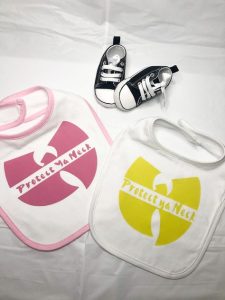
Different Types of Bibs
What is bib for kids? There’s a wide variety of bibs available, each with its own advantages. Here’s a look at some common types:
- Cloth Bibs: These classic bibs are absorbent and comfortable. They come in various sizes, materials, and fun designs.
- Plastic Bibs: Easy to wipe clean and waterproof, plastic bibs are ideal for messy eaters.
- Silicone Bibs: Stain-resistant and dishwasher-safe, silicone bibs are a convenient and long-lasting option.
- Pocket Bibs: These bibs feature a built-in pouch to catch food scraps and spills, minimizing post-meal mess.
- T-Shirt Bibs: These pull-on bibs resemble shirts and offer additional coverage for messy eaters.
Material Matters
The material of a bib can impact its effectiveness and ease of care. Here are some common materials used in bibs:
- Cotton: A soft and absorbent option, cotton bibs are comfortable for most children.
- Fleece: Soft and warm, fleece bibs are a good choice for cooler weather.
- Terry Cloth: Highly absorbent, terry cloth bibs are great for catching spills.
- Plastic: Easy to wipe clean and waterproof, plastic bibs are ideal for messy eaters.
- Silicone: Stain-resistant and dishwasher-safe, silicone bibs are a convenient and long-lasting option.
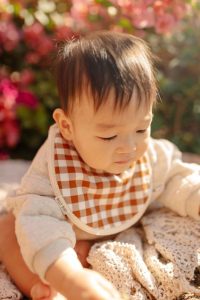
Keeping Bibs Clean
Bibs take a beating at mealtimes, so keeping them clean is important. Here are some tips:
- Wash cloth bibs after each use. Follow care instructions for washing and drying.
- Wipe down plastic and silicone bibs with a damp cloth after each use.
- Store clean bibs in a designated drawer or container.
Choosing the Right Bib for Your Child
What is bib for kids? The best bib for your child depends on their age, eating habits, and your preferences. Here are some factors to consider:
- Age: Younger babies may do well with a simple cloth bib, while older toddlers might benefit from a pocket bib or t-shirt bib.
- Material: Consider comfort, absorbency, and ease of cleaning when choosing a material.
- Style: Bibs come in a variety of colors and patterns. Choose one that complements your child’s style or mealtime theme.
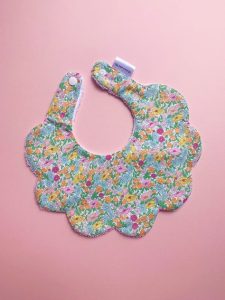
Fun Designs and Functionality
Bibs can be a fun way to express your child’s personality or coordinate with mealtime themes. Here are some tips for incorporating fun and function:
- Look for bibs with colorful patterns or characters. Many popular children’s characters are featured on bibs.
- Choose bibs that coordinate with your child’s outfit or placemat. This can create a cohesive and visually appealing mealtime atmosphere.
- Consider bibs with features like neck closures that are easy for toddlers to grasp. This can encourage them to put on their own bibs and develop a sense of independence.
Safety First
While bibs are a mealtime lifesaver, safety is always a top priority. Here are some safety reminders:
- Never leave a child unattended while wearing a bib. Especially with bibs that have straps or ties around the neck.
- Replace bibs that show signs of wear and tear, such as fraying or loose fasteners.
- Be mindful of any choking hazards, such as buttons or beads, on bibs.
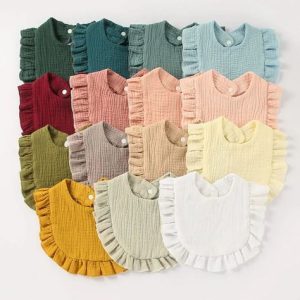
Beyond the Bib: Encouraging Independent Eating
What is bib for kids? While bibs are a mealtime must-have for many youngsters, there are other ways to promote a positive mealtime experience and independence. Here are some tips:
- Start with a positive attitude. Mealtimes should be enjoyable for both parent and child.
- Let your child explore their food. Encourage them to touch and smell their food before taking a bite.
- Use a placemat and utensils that are the right size for your child. This will help them learn proper utensil use.
- Offer choices whenever possible. This can give your child a sense of control and make them more likely to try new foods.
- Be patient and encouraging. Learning to eat independently takes time and practice. Celebrate small victories!
Building Positive Mealtime Habits
While bibs help manage mealtime mess, creating positive mealtime experiences is equally important. Here are some tips:
- Make mealtimes a family affair whenever possible. Eating together creates a sense of connection and encourages social interaction.
- Involve your child in age-appropriate meal prep tasks. This could be setting the table, choosing a fruit for dessert, or stirring ingredients.
- Narrate your actions during meal prep. Talking about textures, colors, and smells of food can pique your child’s curiosity and encourage them to try new things.
- Sing songs or read stories during mealtimes. This creates a positive and engaging atmosphere.
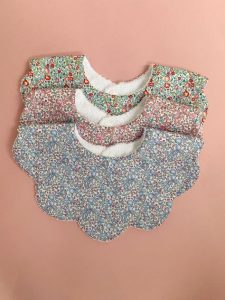
Growing Out of Bibs: When to Say Goodbye
There’s no magic age for ditching the bib. Every child develops at their own pace. Here are some signs your child might be ready to move on from bibs:
- They’re consistently using utensils with good control.
- They’re keeping spills and splatters to a minimum.
- They express a desire to wear a bib less often.
Conclusion
Bibs are a mealtime essential for many families, offering a layer of protection and simplifying cleanup. By understanding the different types of bibs available and considering your child’s needs, you can choose the perfect option to keep mealtimes mess-free.
Remember, bibs are a temporary tool. As your child develops their eating skills and gains confidence, the need for them will naturally decrease. Focus on creating a positive and encouraging mealtime environment to foster independent eating habits.





